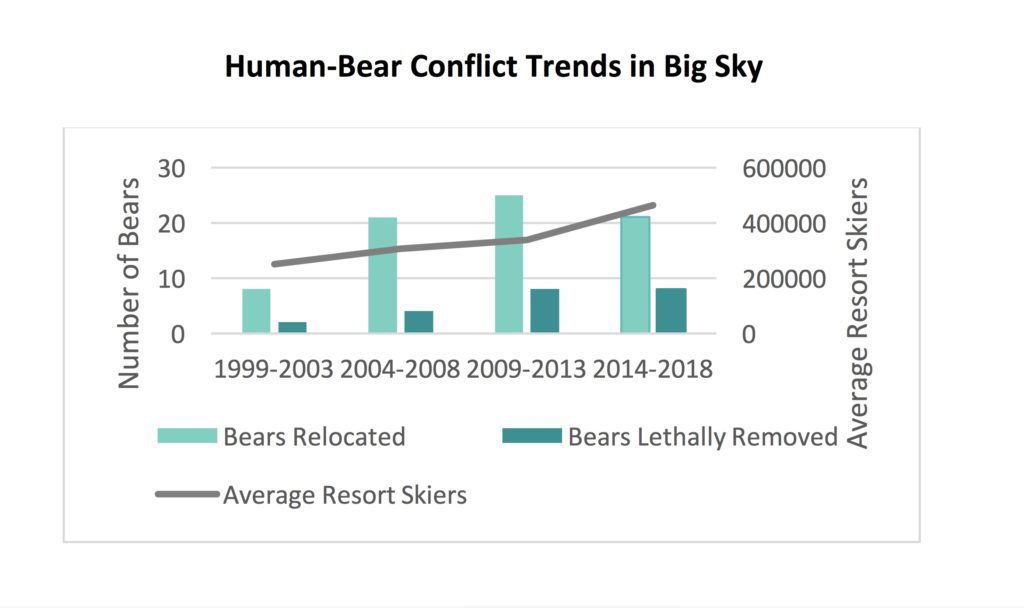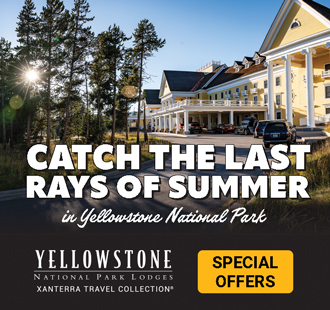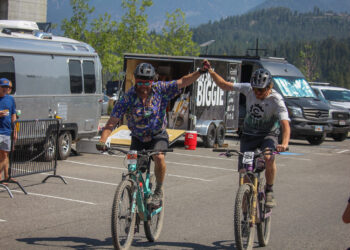By Kris Inman EBS CONTRIBUTOR
Do you ever wonder why you see bears, literally in your backyard or walking down your street? It is of no surprise that the very things that draw you to Big Sky are also what draws bears to this area.
Big Sky is adjacent to some of our wildest places and is bordered by two of the four sections of the Lee Metcalf Wilderness. The 76,000-acre Spanish Peaks section to the north represents the oldest mountains in the Madison Range and the 141,000-acre Taylor-Hilgard section to the south boasts Montana’s fifth highest peak.
These sections of wilderness are part of the largest intact remaining wild area in the northern hemisphere, known as the Greater Yellowstone Ecosystem. This matrix of private and public lands is approximately 18 million acres and supports some of the West’s most iconic wildlife including bighorn sheep, mountain goats, wolverine, black bears, arctic grayling, cutthroat trout and sandhill cranes, to name a few. Gray wolves and grizzly bears once again roam the region after successful recovery efforts and elk, pronghorn and mule deer make some of the largest seasonal land migrations ever recorded.
This same wildness draws millions of people to visit the region each year and a growing number of people have moved to live here. In Big Sky, we know the value of this region; it is why we choose to live or visit here and it is why we are working hard to share the landscape with bears.
The Bear Smart Big Sky Council formed in 2003 with the goal of maintaining the wild nature of Big Sky by making bear-smart actions a natural part of our community’s culture. We are well on our way, with more than 70 percent of homeowner’s associations requiring bear-resistant trash cans, which cost roughly $72 a year more than a standard trash can.
These actions are working. We saw a 50 percent reduction in the number of bears that were relocated due to negative interactions from 2017 to 2018, in spite of the growth in visitation.

However, we saw a slight uptick in the number of bears lethally removed from Big Sky. These are bears that have received food rewards from trash, coolers in beds of trucks or pet foods on decks, and have become in the habit of equating people with food. Bears then become bold enough to enter homes or lodges.
We need you to do your part to further this declining trend in conflicts: Get a bear-resistant trash can if you don’t have one. Do not overfill trash cans. Secure the lid properly and adjust trash pickup schedules to meet trash volume. Always close garage doors, close windows when you leave, and lock your car doors.
Help support Bernadette Bear in her campaign to create a more bear-safe and bear-aware community in Big Sky. Learn more and follow her on social media @bearsmartbigsky or #bernadettebear.
Kris Inman is the community partnerships coordinator for the Wildlife Conservation Society and oversees the Bear Smart Big Sky campaign.














